What To Do With Cattail Seeds: Learn About Saving Cattail Seeds
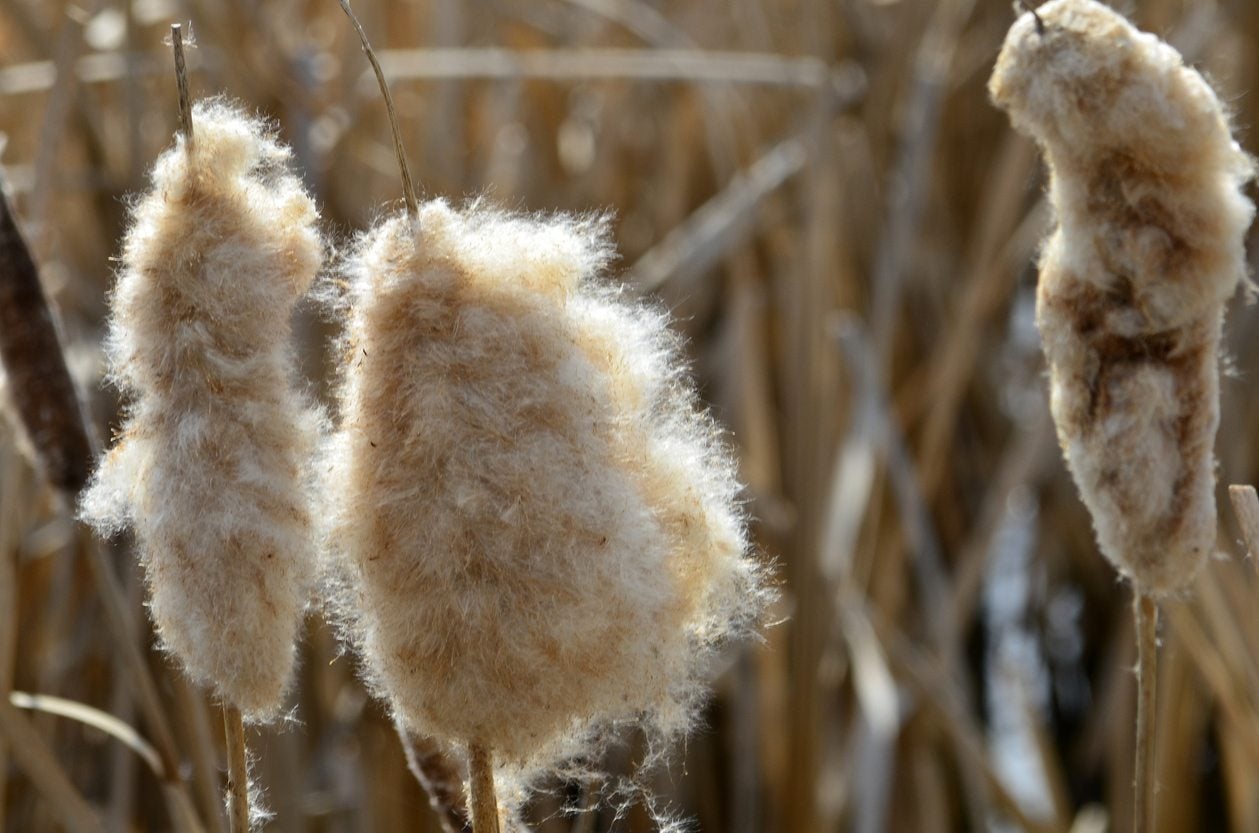

Cattails are classics of boggy and marshy regions. They grow on the edges of riparian zones in moist soil or silt. Cattail seed heads are easily recognizable and resemble corn dogs. They are even edible at certain times of development. Collecting cattail seeds and planting them successfully requires timing and the right conditions. The wind spread seed is fairly adaptable to container growing or you can plant in spring straight outdoors. Read this article to learn what to do with cattail seeds and how to propagate this plant with a long history of use.
Collecting Cattail Seeds
Saving cattail seeds and planting them where you want these fabulous plants helps create a wild animal sanctuary and waterfowl habitat. It is quite easy to do and an excellent way to replant a devastated marsh or waterway. A single cattail can contain up to 25,000 seeds, which can go a long way to repopulating a native species. Some tips on how to plant cattail seeds once you have harvested them, can speed you on the way to a useful and beautiful stand of these one-time native foods. Cattail seed saving was probably practiced by indigenous people for hundreds of years. The plant was a popular food and cordage, and keeping existing stands healthy would have been important. While the plant reseeds itself readily, in disturbed sites, reestablishing a colony may require some human intervention. Saving cattail seeds from wild plants will provide the raw materials for such an endeavor and doesn't require the harvest of more than 1 or 2 seed heads. Cattails need a wet area with low salinity, water flow and plenty of nutrient influx. Seeds will germinate in a wide range of conditions and temperatures provided there is adequate moisture. You may also choose to start seed in containers and plant them outdoors after freezing temperatures have passed.
What to Do with Cattail Seeds
Wait until the seed head has ripened. You can tell when this is by the deep rusty brown color and dry texture of the seed head. Often, the seeds will have started to burst open and show fuzzy white structures which help the seed disperse through wind. The best time for collecting cattail seeds is in late summer to very early fall. Cut off the seed head and separate the seed from the stem. Do this by placing the head in a bag and stripping off the seed into the bag. This can be facilitated by allowing the head to dry for 1 or 2 weeks in a paper bag. Water promotes germination, so soak the seeds in water for 24 hours prior to planting.
How to Plant Cattail Seeds
Compost makes a great medium for seeding cattails. Fill cardboard containers or egg crates with compost that has a third fine sand mixed into it to promote draining. Separate each seed and plant them on the surface of the moistened medium and cover with a fine sift of sand. You can then place containers in a larger container with a level of water that reaches your second knuckle or create a humidity chamber for the plants. To do this, cover the containers with the seed with plastic or a clear dome. Mist plants to keep the top surface of the soil moderately wet. In most cases, germination will occur in two weeks provided temperatures are at least 65 degrees Fahrenheit (18 C.). Higher temperatures cause earlier germination. Keep seedlings well-watered and transplant them in late summer to a moist location.
Gardening tips, videos, info and more delivered right to your inbox!
Sign up for the Gardening Know How newsletter today and receive a free copy of our e-book "How to Grow Delicious Tomatoes".

Bonnie Grant is a professional landscaper with a Certification in Urban Gardening. She has been gardening and writing for 15 years. A former professional chef, she has a passion for edible landscaping.
-
 Looking For Plants To Give You The Soft And Fuzzies? Try These 5 Fuzzy Leaf Plant Options
Looking For Plants To Give You The Soft And Fuzzies? Try These 5 Fuzzy Leaf Plant OptionsLovers of texture, drama, silver foliage and tactile plants will adore these special sensory garden additions. These fuzzy leaf plant options will leave you all aglow
By Susan Albert
-
 Get Ready For A Summer Of Hummers! Grow These Full Sun Hummingbird Plants and Flowers
Get Ready For A Summer Of Hummers! Grow These Full Sun Hummingbird Plants and FlowersIf you’re lucky enough to enjoy a sunny backyard, make sure you are maxing out on your pollinator opportunities and grow these full sun hummingbird plants and flowers
By Tonya Barnett
-
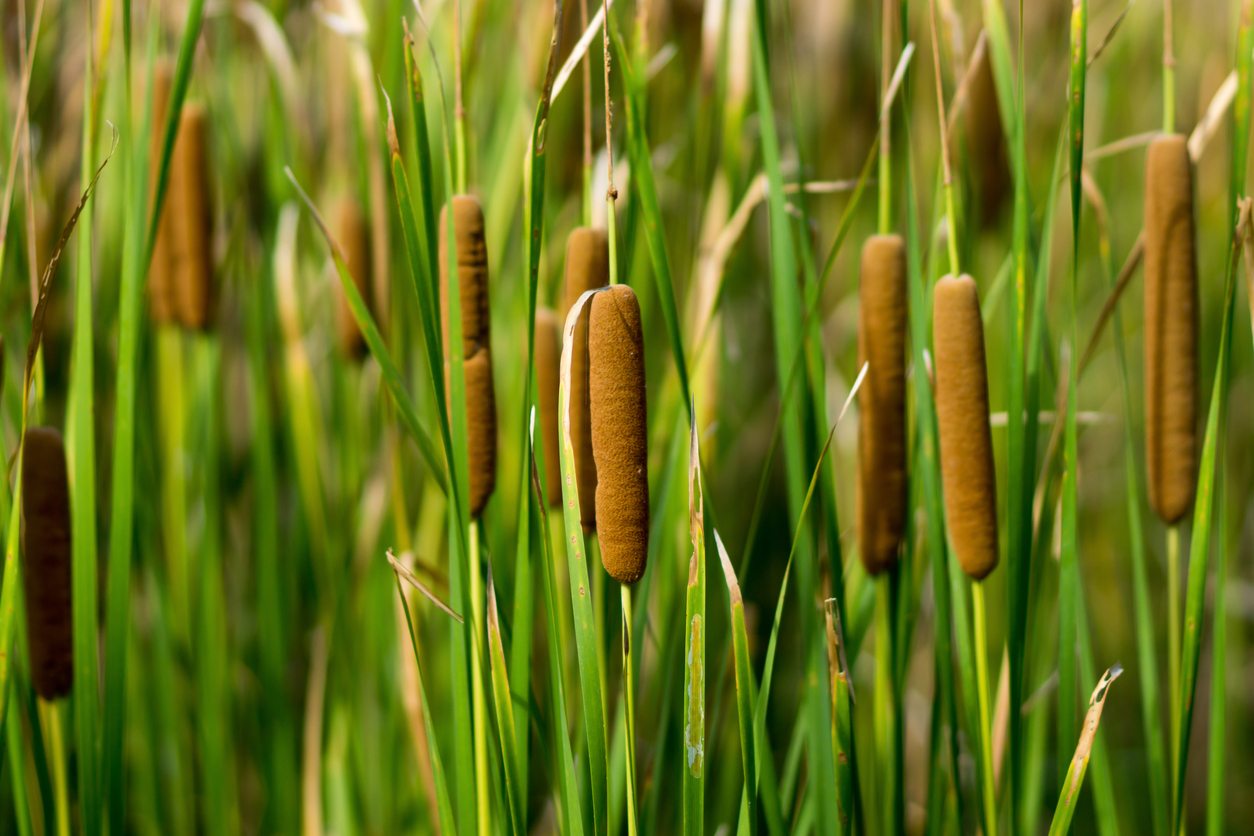 Uses For Cattail Plants: Information On Mulching With Cattails
Uses For Cattail Plants: Information On Mulching With CattailsCattails are notorious for being aggressive. On the plus side, they are one of the best natural filters for ponds, lakes, streams, etc., taking up valuable nutrients that can be used as soil amendments and mulch. Learn about mulching with cattails here.
By Darcy Larum
-
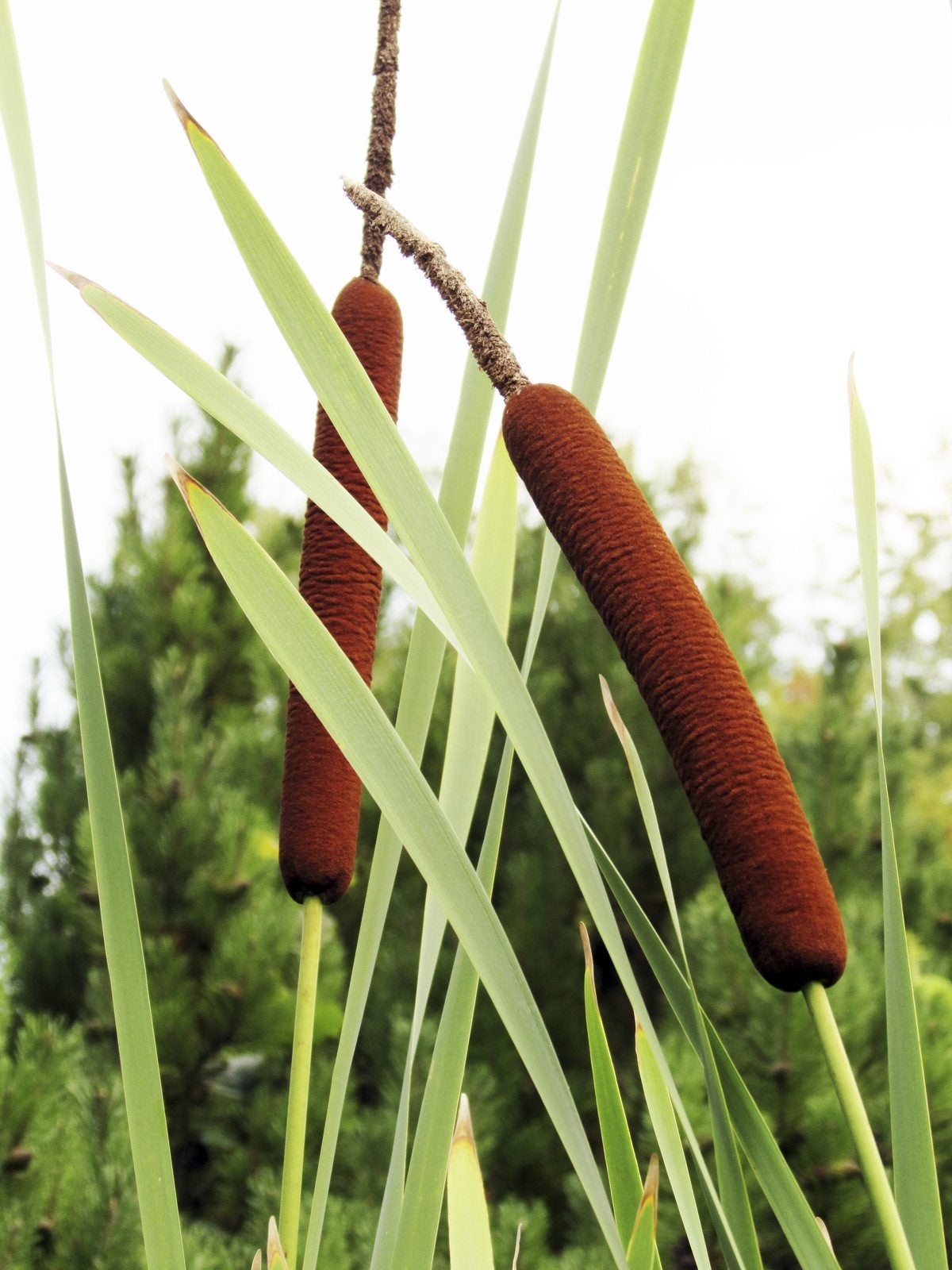 Cattails In The Kitchen – Tips For Using Edible Parts Of A Cattail
Cattails In The Kitchen – Tips For Using Edible Parts Of A CattailHave you ever looked at a stand of cattails and wondered is the cattail plant edible? Using edible parts of a cattail in the kitchen is nothing new, except maybe the kitchen part. So what parts of cattail are edible? Find out in this article.
By Amy Grant
-
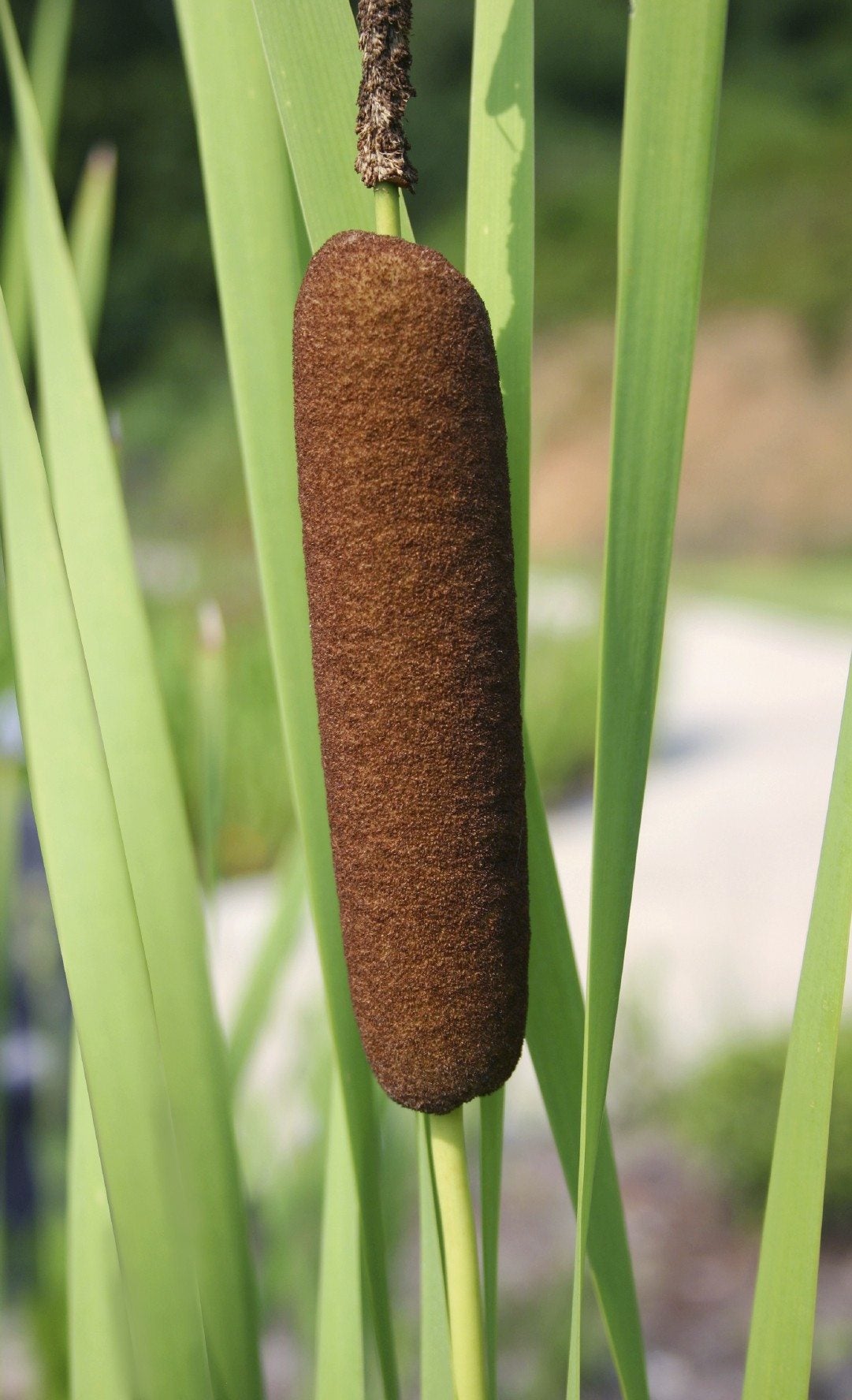 Cattail Harvesting: Tips On Harvesting Wild Cattails
Cattail Harvesting: Tips On Harvesting Wild CattailsDid you know wild cattails were edible? Yes, those distinctive plants growing alongside the water's edge can easily be harvested. Sound intriguing? Find additional information in this article and learn more about what cattails are used for.
By Gardening Know How
-
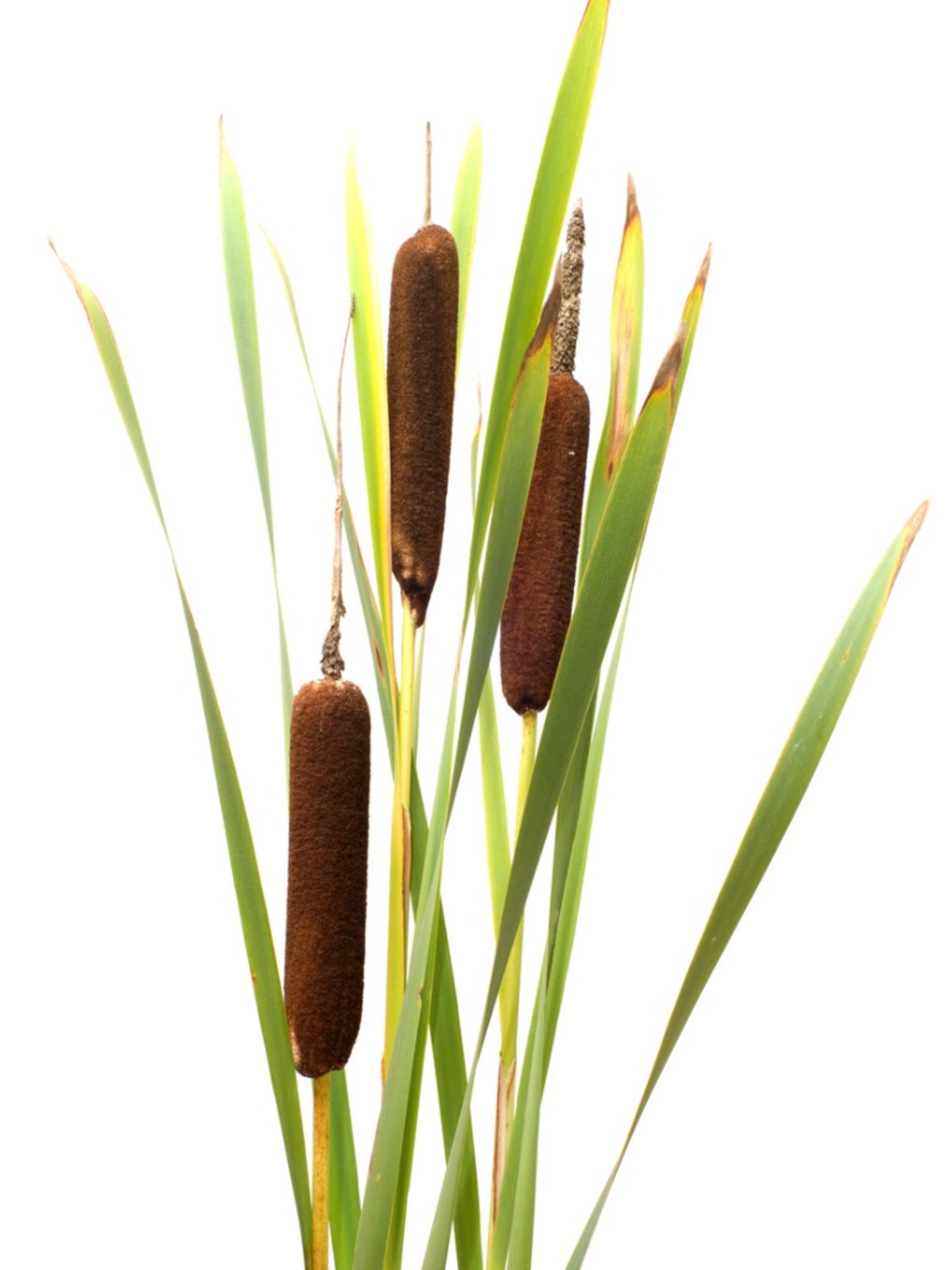 Container Cattail Care: Tips For Growing Cattails In Pots
Container Cattail Care: Tips For Growing Cattails In PotsContainer cattail care is easy in most zones and produces a memorable display for almost the entire year. Learn more about growing cattails in pots in this article so you can enjoy these plants.
By Bonnie L. Grant
-
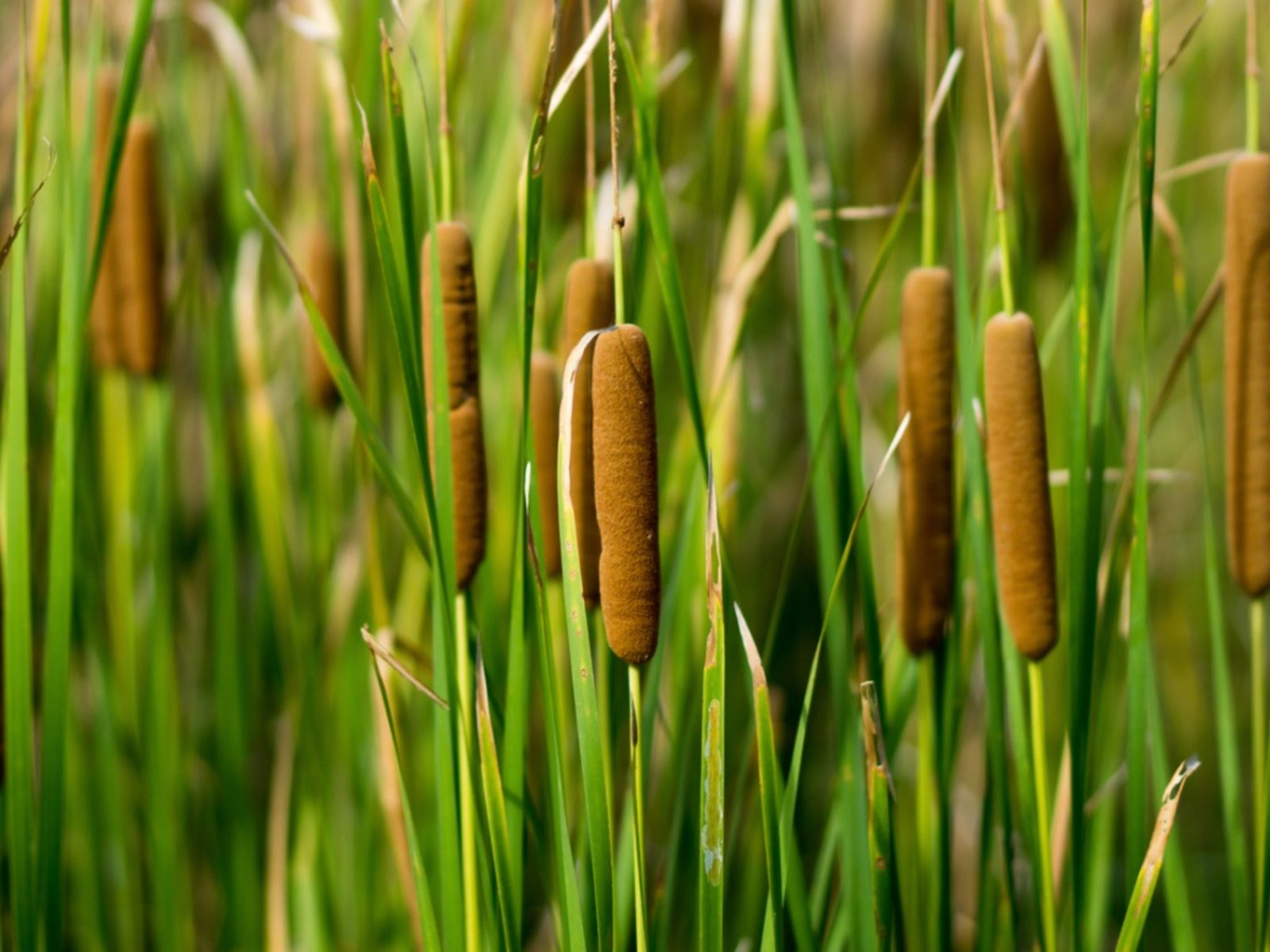 Tips On How To Control Cattails For The Pond
Tips On How To Control Cattails For The PondBy Jackie Rhoades